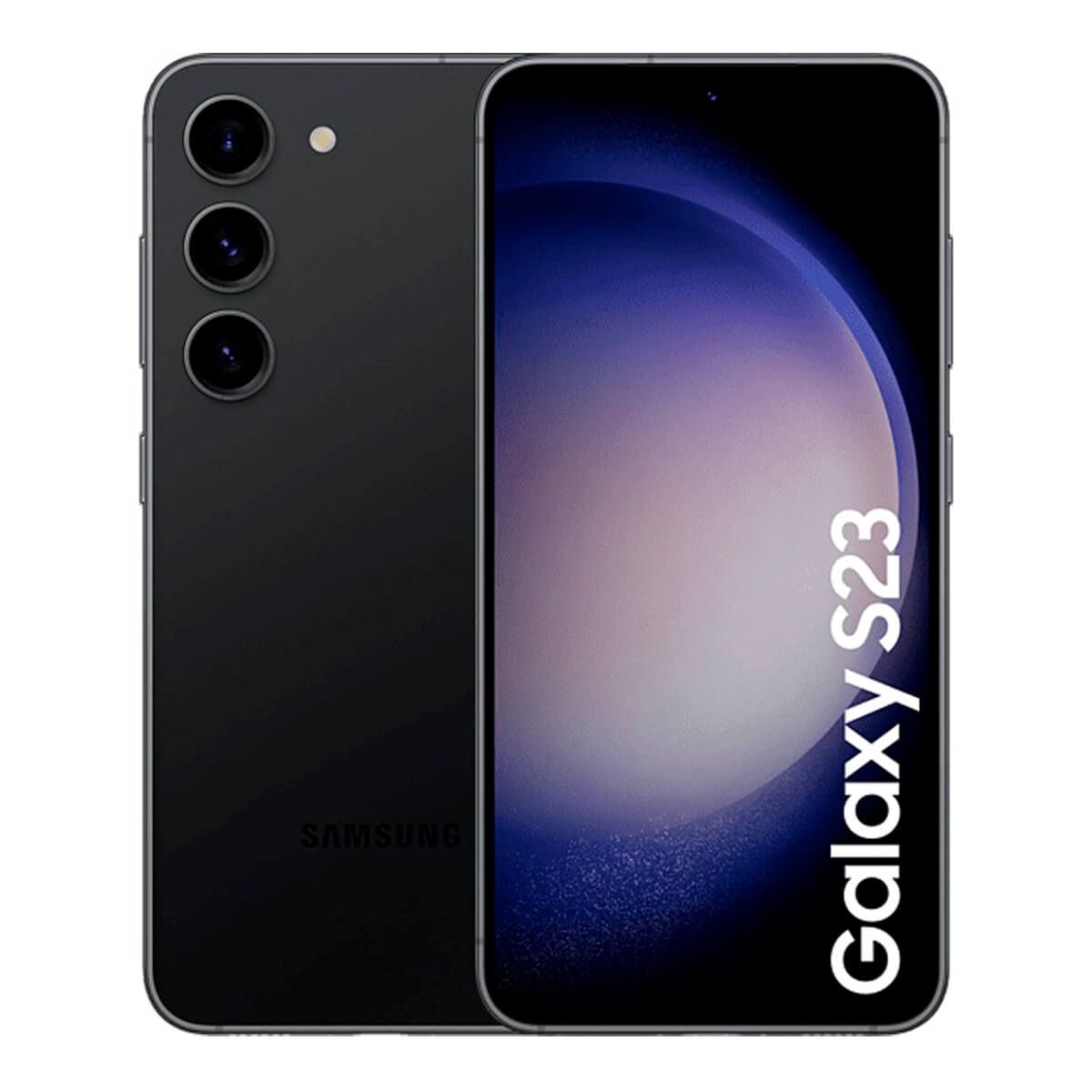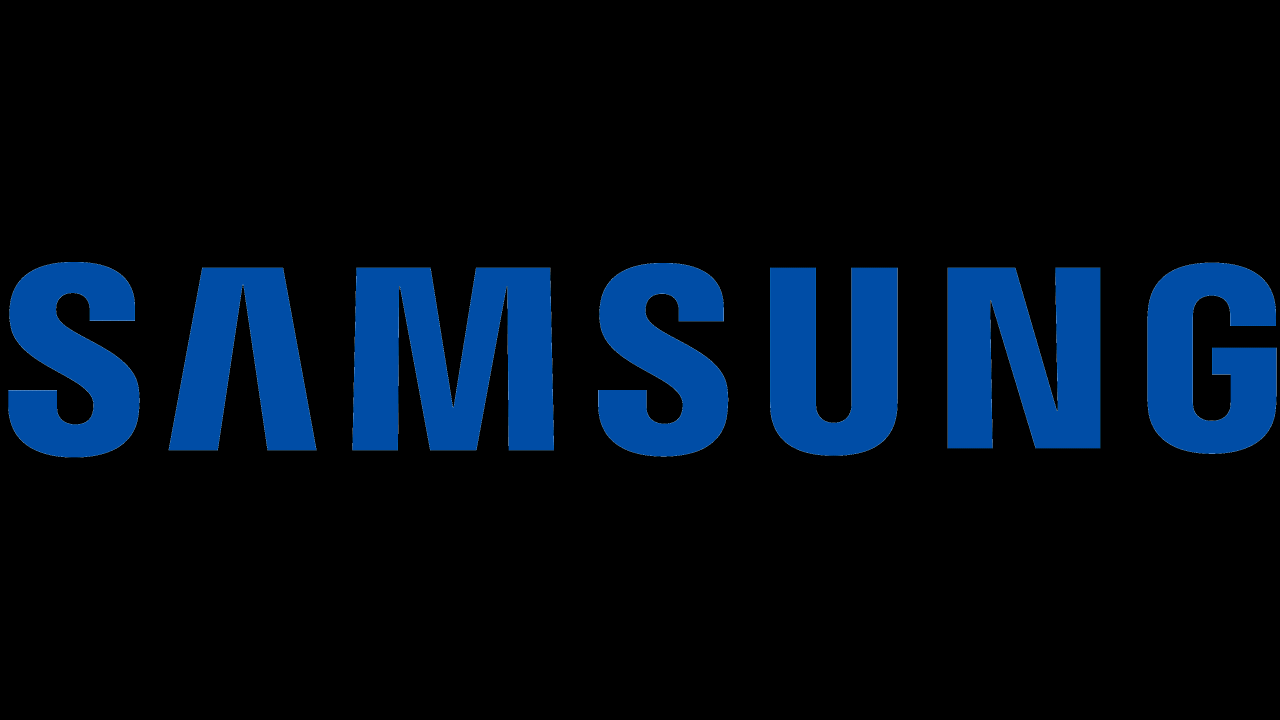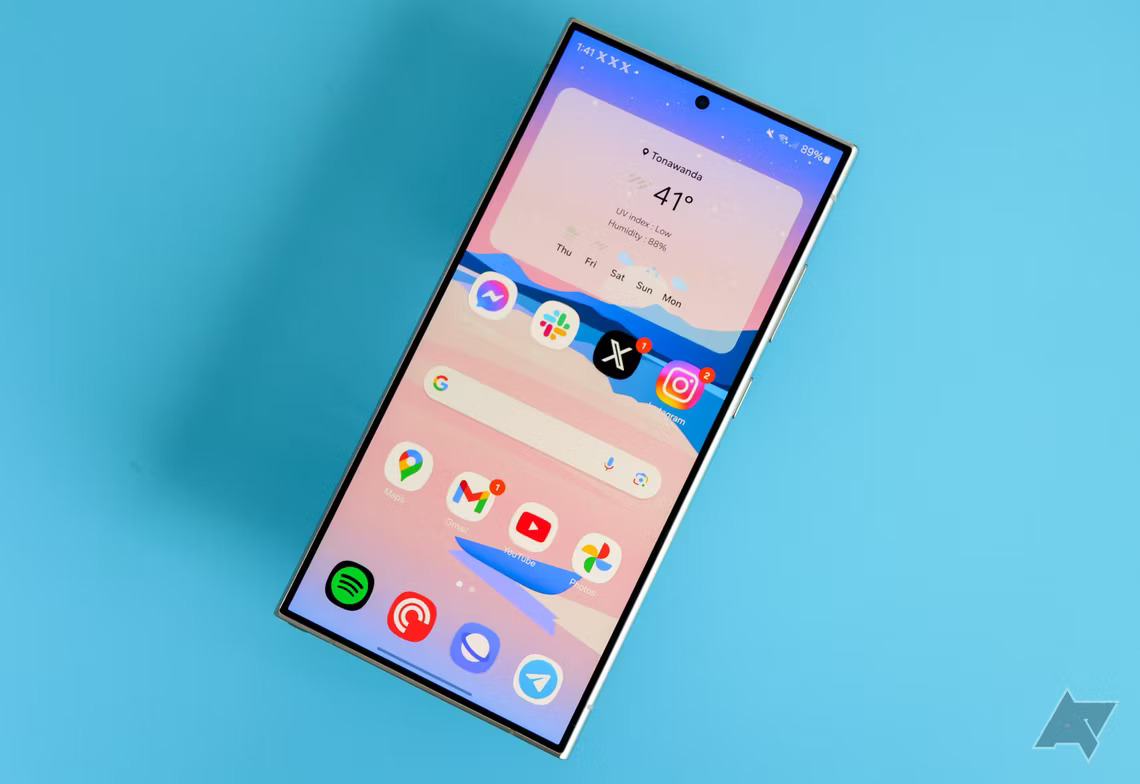samsung galaxy s ii stands as a testament to innovation in the smartphone realm, captivating users with its impressive features and sleek design. Released during a pivotal time in mobile technology, this device not only set new benchmarks but also shaped user expectations for future smartphones. With its powerful camera capabilities and user-friendly interface, the Samsung Galaxy S II quickly became a favorite among tech enthusiasts and casual users alike.
Equipped with a vibrant display and robust hardware, the Samsung Galaxy S II offered a smooth user experience that was further enhanced by its intuitive software. The ability to capture stunning photos and videos, coupled with a range of shooting modes, made it a versatile companion for users. As we delve deeper into its specifications, comparisons with competitors, and lasting legacy, it’s clear that the Samsung Galaxy S II played a crucial role in defining what a smartphone could be.
Features of Samsung Galaxy S II

The Samsung Galaxy S II, launched in 2011, became a game-changer in the smartphone market with its impressive specifications and features. This device redefined user expectations with its sleek design, robust performance, and cutting-edge technology that paved the way for future smartphones.
The Galaxy S II boasts a lightweight and ergonomic design, with a 4.3-inch Super AMOLED Plus display that offers vibrant colors and deep blacks, making it ideal for media consumption. Under the hood, it is powered by a dual-core processor that enables smooth multitasking and an overall responsive user experience. The device supports various connectivity options, including 3G, Wi-Fi, and Bluetooth, ensuring users remain connected wherever they go.
Camera Capabilities and Shooting Modes, Samsung galaxy s ii
The camera quality on the Samsung Galaxy S II was one of its standout features. Equipped with an 8-megapixel rear camera, it captures stunning images with impressive detail and color accuracy. The device comes with a range of shooting modes that cater to different photography needs:
- Auto Mode: This mode automatically adjusts settings to optimize image quality in various lighting conditions.
- Macro Mode: Focuses on close-up subjects, allowing users to capture intricate details with clarity.
- Panorama Mode: Enables users to take wide-angle shots, perfect for landscapes or group photos.
- Night Mode: Improves low-light photography by enhancing brightness and reducing noise in dark environments.
The front-facing camera, while lower in resolution at 2 megapixels, is ideal for video calling and self-portraits, making it a versatile option for social interactions. Overall, the camera system of the Galaxy S II delivers a refined photographic experience, appealing to both casual users and photography enthusiasts.
User Interface and Software Experience
The Samsung Galaxy S II runs on the Android operating system, specifically Android 2.3 Gingerbread, with Samsung’s TouchWiz interface layered on top. This combination provides a fluid and intuitive user experience, making navigation straightforward. Users can customize their home screens with widgets, apps, and shortcuts, allowing for a personalized experience tailored to their preferences.
The device supports various applications available through the Google Play Store, enabling users to enhance functionality and explore new capabilities. The responsiveness of the touchscreen is noteworthy, with smooth transitions and minimal lag, making interactions seamless.
Additionally, the software experience is enriched by features such as Smart Stay, which keeps the screen on as long as you are looking at it, and Direct Call, which allows users to automatically dial a contact by simply raising the phone to their ear. These features exemplify Samsung’s commitment to enhancing user convenience and accessibility, solidifying the Galaxy S II’s reputation as a forward-thinking device in its era.
Comparison with Other Smartphones
The Samsung Galaxy S II made significant waves in the smartphone market upon its release, positioning itself as a strong contender against several noteworthy rivals from the same era. To appreciate the strengths and weaknesses of the Galaxy S II, it is essential to compare it with its closest competitors such as the HTC Sensation and the Motorola Razr. This comparison will cover aspects like camera performance and battery longevity, shedding light on how the Galaxy S II stood out in a crowded marketplace.
Camera Performance Comparison
Camera performance is a critical aspect of any smartphone, particularly for users who prioritize photography. The Samsung Galaxy S II featured an impressive 8-megapixel rear camera, complemented by a 2-megapixel front camera, which was especially appealing at its launch. In comparison, the HTC Sensation also offered an 8-megapixel camera, while the Motorola Razr included an 8-megapixel shooter as well.
Key features of the camera performance include:
- Image Quality: The Galaxy S II is noted for its vibrant color reproduction and sharpness, often producing clearer images in low-light conditions compared to the HTC Sensation, which exhibited some noise in similar settings.
- Video Recording: Both the Galaxy S II and the HTC Sensation supported 1080p video recording. However, users frequently reported that the video stabilization on the S II was superior, providing smoother playback.
- User Interface: The camera interface on the Galaxy S II was more intuitive, featuring quick access to settings and shooting modes, making it user-friendly for quick capture.
- Front Camera: The 2-megapixel front camera of the Galaxy S II was on par with its competitors, but users appreciated the clear video quality it provided for video calls, particularly when compared with the Razr’s front-facing camera.
Battery Performance and Longevity
Battery life is a crucial factor for smartphone users, significantly affecting the overall experience. The Samsung Galaxy S II came equipped with a 1650 mAh battery, which was competitive at the time. Comparing it with the HTC Sensation, which had a slightly smaller 1520 mAh battery, it was evident that the Galaxy S II offered better longevity in everyday use.
Factors contributing to the battery performance include:
- Screen Size and Technology: The Galaxy S II featured a 4.3-inch Super AMOLED Plus display that balanced vibrant colors with power efficiency, in contrast to the HTC Sensation’s SLCD display, which drained more battery due to backlight consumption.
- Usage Patterns: In real-world tests, users noted that the Galaxy S II could last up to two days with moderate usage, while the Sensation often required a recharge by the end of the day.
- Battery Management Software: The Galaxy S II utilized advanced battery optimization features that helped extend battery life during idle periods, unlike the Razr, which had more limited battery-saving options.
- Charging Speed: Both devices were relatively fast in charging, but the Galaxy S II’s battery management system allowed for quicker recovery after short charging sessions.
User Experience and Reviews: Samsung Galaxy S Ii

The Samsung Galaxy S II has garnered significant attention since its release, with users sharing a diverse range of experiences that highlight both strengths and weaknesses. Many users have praised its sleek design and robust performance, while others have reported common issues that they encountered during daily use. This section delves into the user experience, dissecting feedback and providing insights from both everyday users and industry experts.
User Feedback and Personal Experiences
Personal experiences of Galaxy S II users present a balanced view of the device, showcasing its capabilities alongside its shortcomings. Users frequently commend the vibrant Super AMOLED display, which offers sharp visuals and excellent color reproduction. The performance of the device, powered by a dual-core processor, allows for smooth multitasking and gaming experiences.
However, several users have reported drawbacks that are important to consider:
- Battery Life: While the Galaxy S II initially boasts respectable battery performance, many users have noted that it tends to degrade over time, necessitating more frequent charges.
- Camera Performance: Although the 8 MP camera captures good quality images, some users have expressed disappointment in low-light performance, stating that photos can appear grainy.
- Software Updates: Users have shared frustration over delayed software updates, leading to security concerns and unmet expectations for new features.
Common Issues and Potential Solutions
Despite its impressive features, the Galaxy S II is not without its issues. Here are some of the common problems users have faced along with potential solutions:
- Overheating: Some users reported the device overheating during intensive tasks. It is advised to avoid running multiple high-demand applications simultaneously and to keep the device away from direct sunlight.
- Storage Limitations: The internal storage can fill up quickly, especially with large apps and media files. Users can mitigate this by regularly transferring photos and videos to external storage or cloud services.
- Connectivity Problems: Issues with Wi-Fi and Bluetooth connectivity have been noted. Users can often resolve these by resetting network settings or ensuring that firmware is up to date.
Expert Reviews and Ratings
Expert reviews from reputable sources highlight the overall performance and user satisfaction with the Galaxy S II. Reviews emphasize its innovative design and solid build quality, drawing attention to its status as a frontrunner in the smartphone market during its time.
In summary, expert ratings often reflect:
- Performance: High marks for its speed and responsiveness.
- Display: Commendation for its high-quality screen that enhances user experience.
- Build Quality: Positive assessments of its design and durability.
In conclusion, while the Samsung Galaxy S II excels in many areas, user feedback reveals a comprehensive picture of its strengths and weaknesses. By addressing common issues and leveraging expert insights, potential users can make an informed decision when considering this classic device.
Historical Impact and Legacy

The Samsung Galaxy S II, released in 2011, played a pivotal role in shaping the modern smartphone landscape. As a pioneer in its class, it not only set high performance benchmarks but also influenced design and functionality that many subsequent devices would adopt. The device’s introduction was a significant milestone for Samsung, marking its ascent as a leading player in the competitive smartphone market.
The technological advancements that the Samsung Galaxy S II brought to the forefront were notable and influential. With its Super AMOLED Plus display, the device showcased vibrant colors and deeper blacks that enhanced the viewing experience. It was one of the first smartphones to feature a dual-core processor, which significantly improved multitasking and performance. Additionally, the incorporation of an 8-megapixel camera with the ability to shoot HD video set a new standard for mobile photography.
Influence on the Smartphone Market
The impact of the Samsung Galaxy S II on the smartphone market was profound. It not only raised the bar for competitors but also redefined user expectations. The following points highlight the key aspects of its influence:
- The Galaxy S II’s sleek design and lightweight body set a trend towards more aesthetically pleasing and portable smartphones.
- Its powerful hardware catalyzed the shift towards dual-core processors in upcoming smartphones, which became essential for enhanced performance.
- The device’s emphasis on high-quality display technology inspired many manufacturers to invest in better screen solutions for their devices.
- Samsung’s marketing strategies for the Galaxy S II demonstrated the effectiveness of aggressive promotional campaigns in building brand loyalty and awareness.
- By integrating features like NFC and improved battery life, the Galaxy S II encouraged other manufacturers to pursue innovative technologies for better user experiences.
Technological Advancements that Shaped Future Smartphones
The technological innovations presented by the Samsung Galaxy S II laid the groundwork for future devices. The significance of these advancements can be illustrated through several key features that became staples in subsequent smartphone models:
“The Galaxy S II was not just another smartphone; it was a launchpad for features that would define the next generation of mobile technology.”
- The introduction of the Super AMOLED Plus display resulted in an industry trend towards high-resolution screens that prioritize color accuracy and energy efficiency.
- The dual-core processing capability enabled smoother graphics and applications, influencing the standard processor configurations in later smartphones.
- Camera technology, including features like autofocus and image stabilization, became benchmarks that manufacturers sought to achieve in their devices.
- Samsung’s TouchWiz interface offered a refined user experience that influenced the design of software interfaces in competing devices.
- Cloud integration and enhanced connectivity options paved the way for the app ecosystem that thrives in today’s smartphones.
Significance in Mobile Technology History
The Samsung Galaxy S II holds a significant place in the annals of mobile technology history due to several key factors:
- It marked Samsung’s rise as a formidable competitor against established brands like Apple, altering the dynamics of the smartphone market.
- The device’s sales success underscored the effectiveness of Android as a platform, fostering greater developer interest in creating applications for Android devices.
- Its legacy continues to influence design and functionality in modern smartphones, showcasing its lasting impact on user interfaces and hardware specifications.
- The Galaxy S II’s role in popularizing features such as larger screens and high-quality cameras continues to resonate in contemporary smartphone designs.
- As a commercially successful flagship device, it redefined consumer expectations for performance, battery life, and overall usability in smartphones.
Clarifying Questions
What are the key features of the Samsung Galaxy S II?
The Samsung Galaxy S II features a 4.3-inch Super AMOLED display, an 8MP rear camera, a dual-core processor, and runs on Android OS, providing a smooth and responsive user experience.
How does the camera performance compare to other smartphones?
When compared to its contemporaries, the Samsung Galaxy S II’s camera offers vibrant colors and good low-light performance, making it competitive against similar smartphones of its time.
What common issues do users face with the Samsung Galaxy S II?
Common issues include battery life concerns and occasional software glitches, which can often be resolved with updates or resetting the device.
Why is the Samsung Galaxy S II considered significant in smartphone history?
The Samsung Galaxy S II is significant due to its influence on smartphone design and technology, introducing features that have become standard in the industry today.
Is the Samsung Galaxy S II still worth buying today?
While it may not compete with modern smartphones, the Samsung Galaxy S II can be a nostalgic choice for collectors or those seeking a basic smartphone experience.
The latest innovation in the smartphone market, the samsung s 19 , showcases cutting-edge technology and impressive features that cater to modern users’ needs. With its sleek design and powerful performance, it stands out among its competitors, making it a must-have for tech enthusiasts looking to enhance their mobile experience.
For those who appreciate classic designs, the samsung galaxy s ii remains a notable example of Samsung’s early innovations. This device laid the groundwork for future models, combining user-friendly features with reliable performance, which continues to resonate with users today who reminisce about its iconic status in the smartphone evolution.